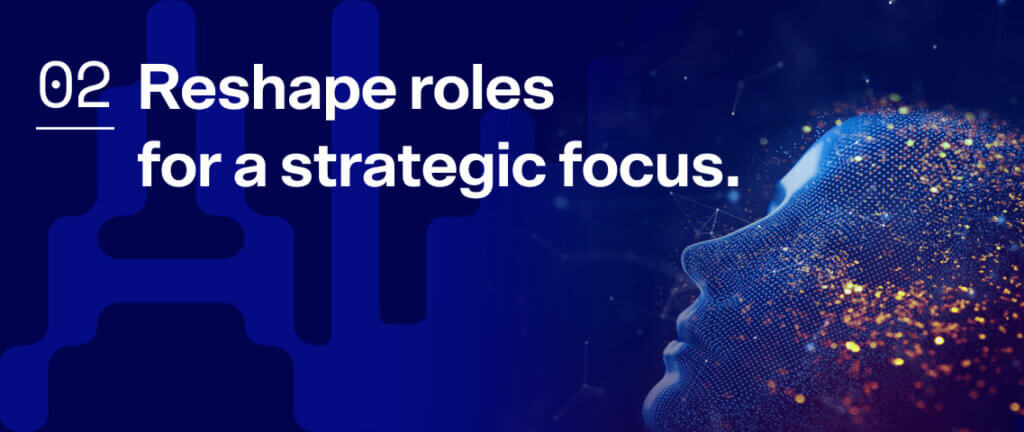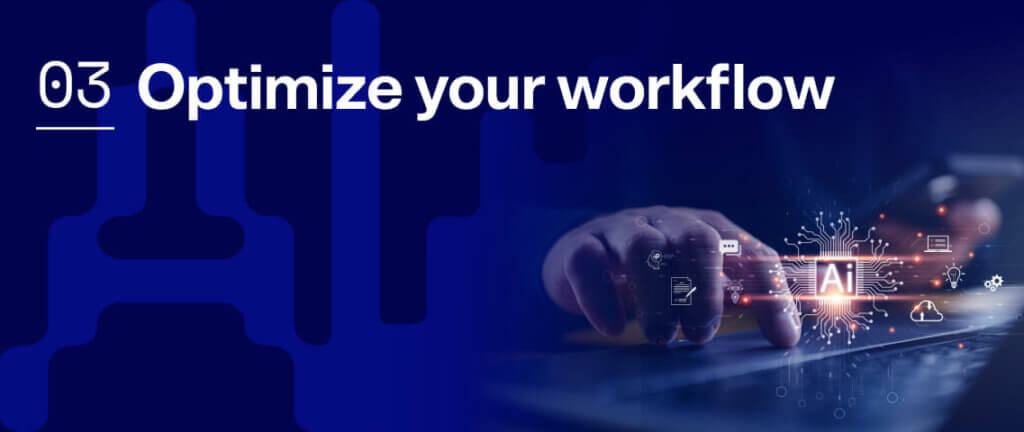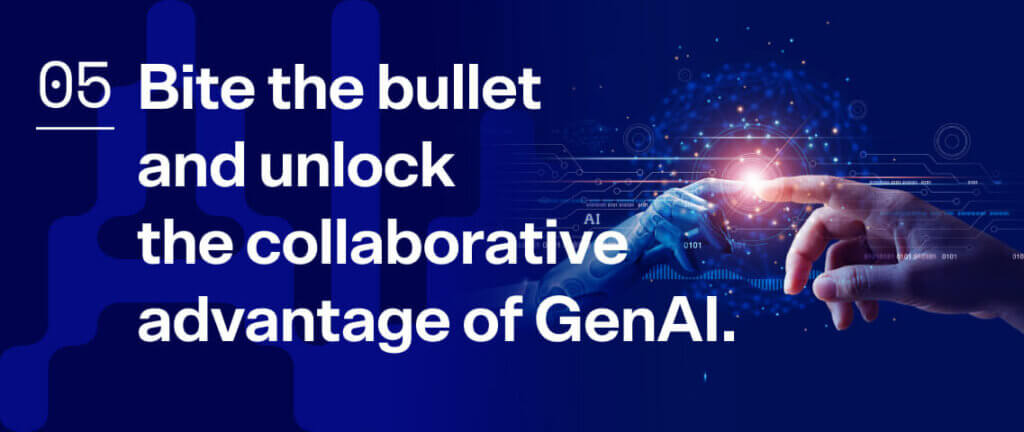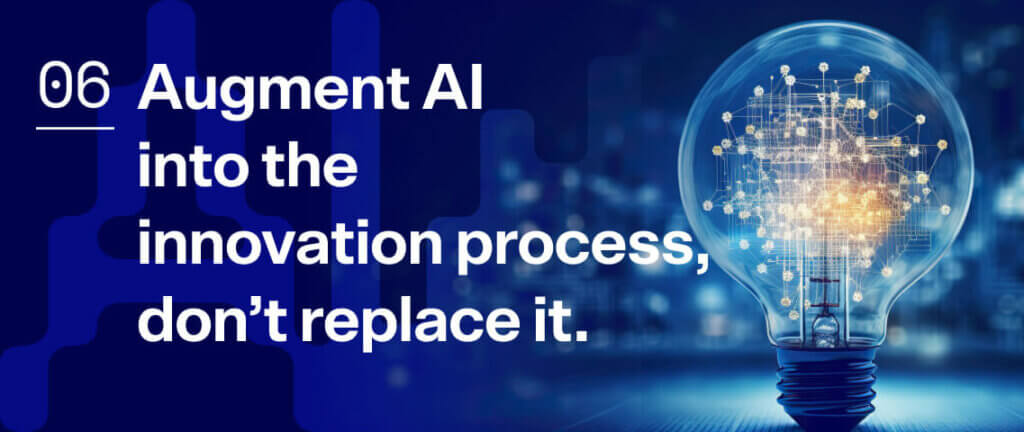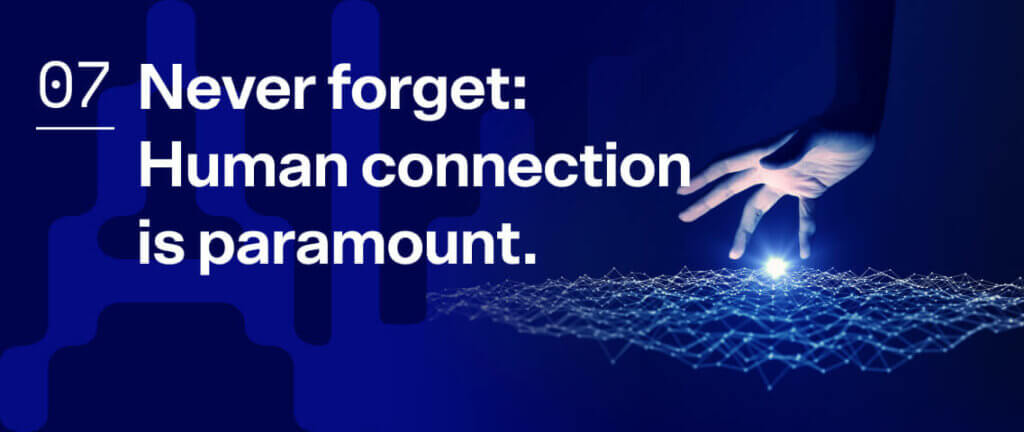Vivaldi@Davos: A Game Plan for Embracing Generative AI

What were the key takeaways from the 54th World Economic Forum annual meeting in Davos?
The talk of the town undoubtedly revolved around the risks and benefits in deployment of generative AI. It’s crystal clear that AI is on the brink of revolutionizing the development of agile and customer-centric business models, offering unprecedented value for innovation and brands. As we navigate the complexities and power of AI and its profound impact on the economy, business, and society, our commitment is to empower leaders with the necessary knowledge and strategies for successful growth and business reinvention.
Our team of brand and business experts provided useful input, posed relevant queries, and shared various viewpoints as we consider the path forward. Consider these 7 takeaways if you are a leader keen on deploying AI in your organization.
Explore further below and download as a PDF.
AI & The Future of Brands
We can already see how AI can automate research and insights to ensure customer relevance, and how generative AI can produce engaging and differentiated content and digital experiences. However, decisions regarding authenticity and the vision, values, and DNA of a company are crucial aspects of brand strategy that currently don’t seem augmentable by AI—at least not yet.
Companies are leveraging AI to automate tasks such as recruiting, survey development, data analysis, etc. – ushering in a new era of consumer research and insights. Many experts believe that AI technology is poised to decrease the demand for quantitative and analysis-focused roles while elevating the significance of strategic and qualitative positions. Upskilling your leaders and people is becoming an urgent business imperative.
AI & The Future of Work
While many discussions have been centered around jobs that could be threatened by generative AI, most interest is in exploring how AI could enhance our work and make it more fulfilling. By streamlining routine tasks, reducing manual errors, and providing insights, AI has the potential to unlock creativity, boost productivity, and allow individuals to focus on high-impact aspects of their roles.
Will AI create a more equal playing field or just accelerate our drift towards an Amababagooglebook oligopoly? AI will create amazing benefits and great fortunes for individuals, companies, and countries, but that bright future may be even more unequally distributed. The race is on, most leaders agree businesses must quickly move from excitement to meaningful deployment.
AI & The Future of Innovation
AI isn’t a looming monster to be feared, but rather an invaluable asset in the journey of problem-solving. Look no further than the healthcare industry, where AI has played a transformative role in enhancing diagnostics, personalizing treatment plans, and ultimately improving patient outcomes; critically, in tandem with physicians expertise, not in replacement of.
Businesses have to focus on creating clear strategies on integrating AI into the innovation process, to tackle the challenges that are more technical and labor intensive in nature. AI will enhance analytical depth, giving us time back for strategic thinking and creative solutioning.
Underscoring it all
Our final key takeaway reinforces Sam Altman’s perspective shared at Davos: “Humans know what other humans want. Humans are going to have better tools. We’ve had better tools before, but we’re still very focused on each other.”
Brand success hinges on grasping and resonating with human desires, preferences, and emotions. It depends on leveraging new technologies to not only solve problems, but also enable deep connections. As we navigate this technological revolution, it’s important to recognize that the most powerful tools are those that enhance our ability to connect with and address human needs.

